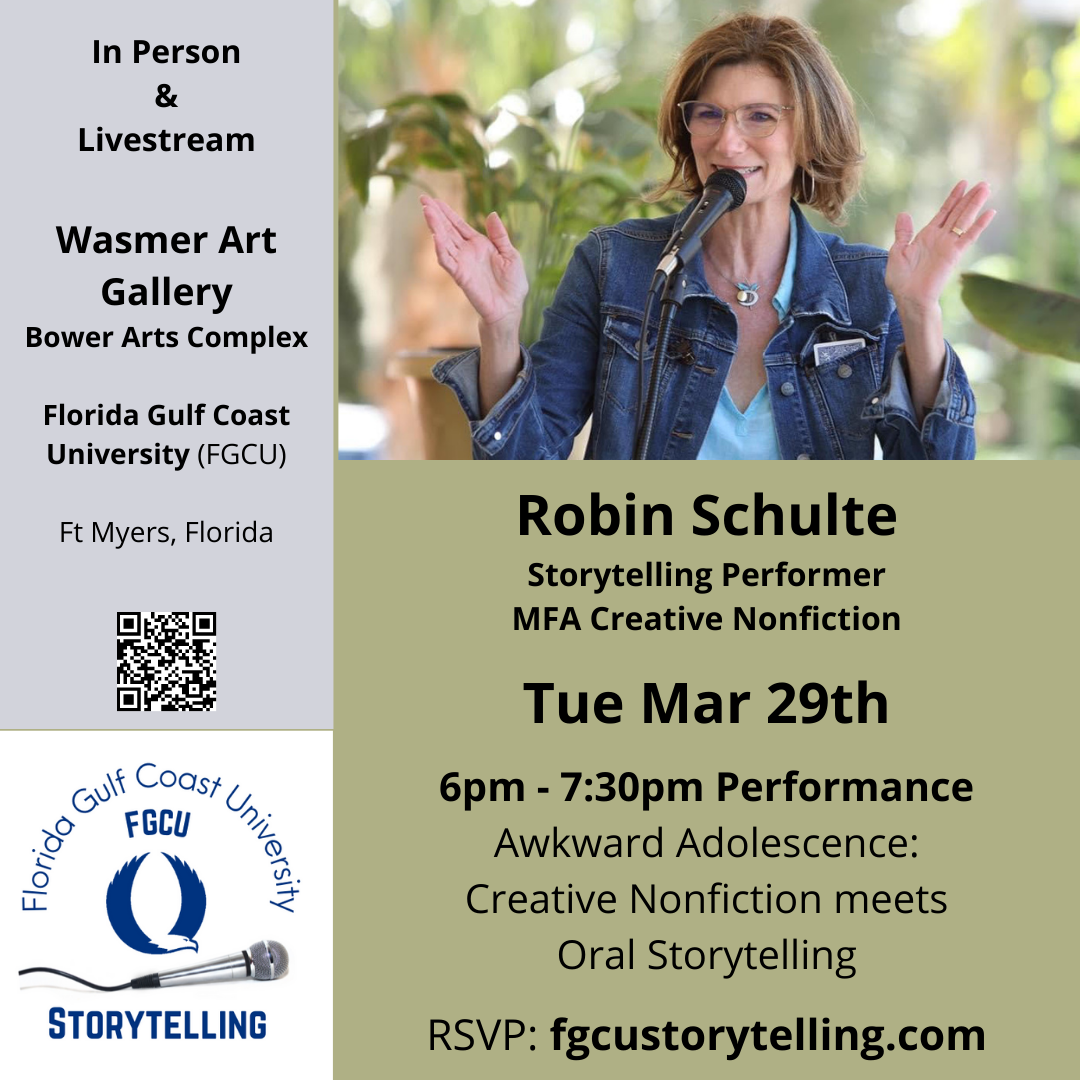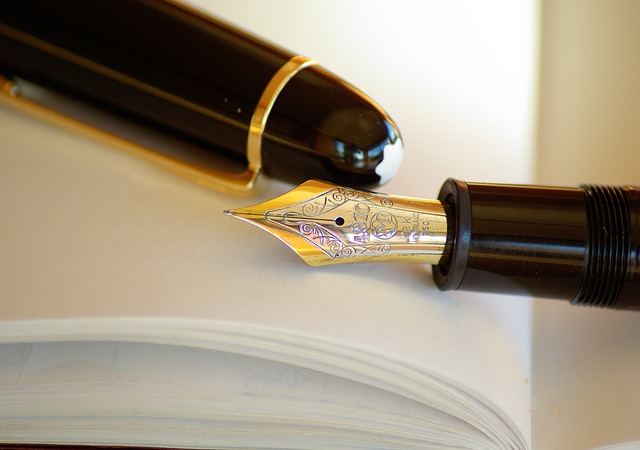The banner of Creative Nonfiction defines the genre simply, succinctly, and accurately as “true stories, well told.”
~ CreativeNonfiction.org
Stories can be told in many different media. In the literary tradition of the written word, we have books, short stories, essays, and more. As an oral storytelling performer, I craft stories that are meant to be told out loud. (For me, telling is an oral action, but others use the word more liberally.) I add the power of the spoken word and body language to the words to create an intimate physical connection to and between the listeners. When I lose the nuance of the spoken word to text, I must write longer sentences with more description. While I lose some intimacy of the physical connection, the written word can give me the ability to reach more people. We have this same struggle with in person meetings versus video conferencing. We trade in the nuance of body language for the power to reach across the globe and bring people together.
In the world of oral storytelling and personal narrative, many people just spew out the interesting things that happened to them in no particular order. Some will rant or give an essay, these are not stories. Stories have a particular structure. When oral stories are well-crafted, they can be elevated to a performance art.
In the literary world of stories meant to be read, the crafting of personal narrative elevates it to the genre of creative nonfiction.
From creativenonfiction.org ~ What is Creative Nonfiction?
The banner of Creative Nonfiction defines the genre simply, succinctly, and accurately as “true stories, well told.”
In some ways, creative nonfiction is like jazz—it’s a rich mix of flavors, ideas, and techniques, some newly invented and others as old as writing itself. Creative nonfiction can be an essay, a journal article, a research paper, a memoir, a tweet; it can be personal or not, or it can be all of these.
It is possible to be honest and straightforward and brilliant and creative at the same time.
The words “creative” and “nonfiction” describe the form. The word “creative” refers to the use of literary craft, the techniques writers use to tell stories about real people and events—that’s the “nonfiction” part—in a compelling, vivid, dramatic manner. The goal is to communicate a bit of the real world—a personal experience, a scientific discovery, a history, a place, a person—in a way that will sing on the page, inform and change readers, and make an impact.
The word “creative” has been criticized in this context because some people think it implies the writer can pretend or exaggerate or make up facts and embellish details. This is completely incorrect. It is possible to be honest and straightforward and brilliant and creative at the same time.
“Creative” doesn’t mean inventing what didn’t happen or reporting and describing what wasn’t there. It doesn’t mean that the writer has a license to lie.
The cardinal rule is clear—and cannot be violated.
This is the pledge the writer makes to the reader—the maxim we live by, the anchor of creative nonfiction: You can’t make this stuff up!
Upcoming Program on Creative Nonfiction and Oral Storytelling

Interviews with Creative Nonfiction writers

